In an era where connectivity reigns supreme, the boundaries of interaction are being redefined by the innovative strides in proximity technology. At the forefront of this revolution is Proxium, a groundbreaking platform that harnesses the power of proximity to create seamless experiences across various domains. From enhancing personal communication to transforming business operations, Proxium is not just a tool; it is a gateway to a future where our devices and environments respond intuitively to our presence. In this article, we embark on a journey to explore the myriad innovations that Proxium brings to the table, examining its applications, underlying technologies, and the potential it holds to reshape the way we engage with the world around us. Join us as we delve into the fascinating realm of proximity technology and discover how Proxium is paving the way for a more connected tomorrow.
Table of Contents
- Understanding Proxium and Its Impact on Proximity Technology
- Key Innovations Driving Proxium Forward
- Applications of Proxium in Various Industries
- Enhancing User Experience Through Proxium Solutions
- Best Practices for Implementing Proxium Technology
- Future Trends in Proximity Technology and Proxiums Role
- Q&A
- Insights and Conclusions
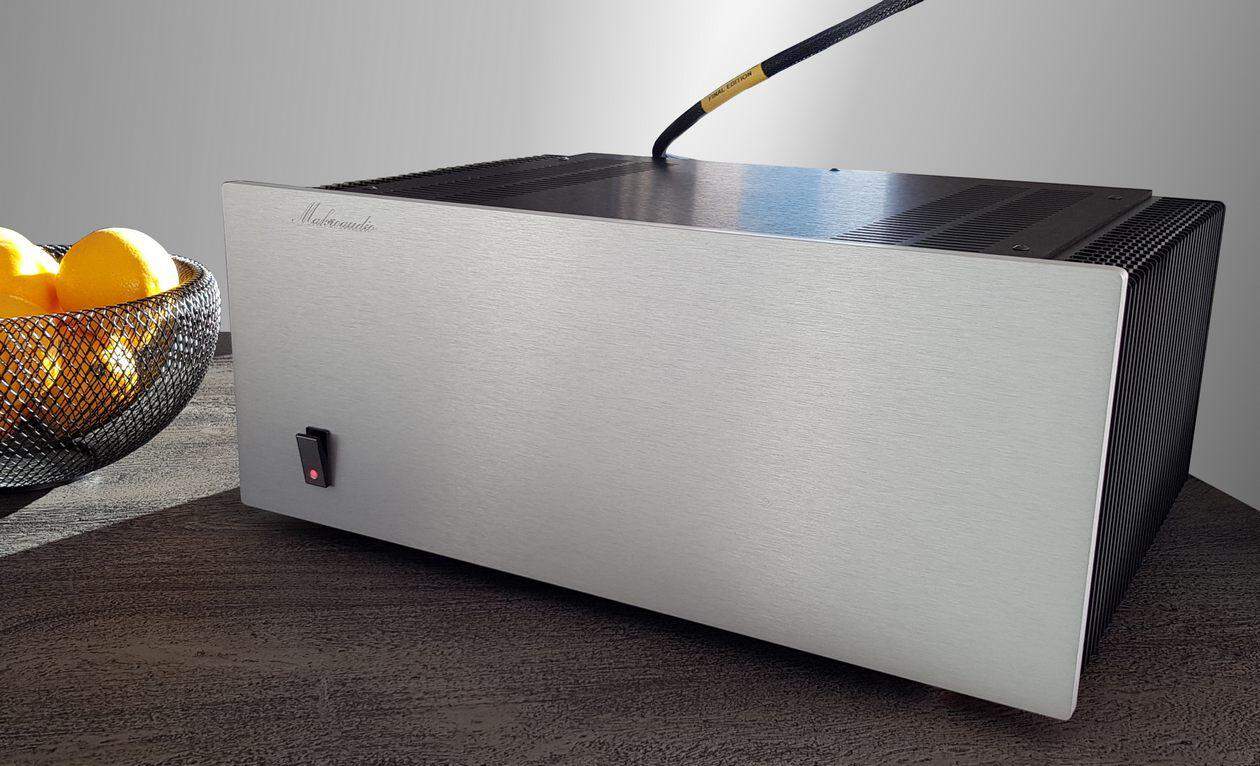
Understanding Proxium and Its Impact on Proximity Technology
Proxium represents a significant leap forward in the realm of proximity technology, harnessing advanced algorithms and innovative hardware to enhance how devices interact with their surroundings. This technology utilizes a combination of sensors and communication protocols to create seamless connections between devices, enabling them to share information and respond to user needs with remarkable efficiency. By bridging the gap between the physical and digital worlds, Proxium is setting a new standard for user experience and connectivity.
One of the key attributes of Proxium is its ability to facilitate real-time interactions. This is achieved through a variety of applications, including:
- Location-based services: Providing personalized content based on user location.
- Smart home integration: Allowing devices to communicate and automate tasks based on proximity.
- Enhanced security: Utilizing proximity sensors for improved access control and monitoring.
Moreover, the impact of Proxium extends beyond individual devices. It fosters collaboration between industries, paving the way for new business models and innovative applications. The table below highlights some of the sectors poised to benefit from this technology:
| Industry | Potential Applications |
|---|---|
| Retail | Personalized shopping experiences and inventory management. |
| Healthcare | Patient monitoring and location tracking within facilities. |
| Transportation | Smart navigation and fleet management systems. |
As Proxium continues to evolve, its integration into everyday life will likely redefine our interactions with technology, making them more intuitive and responsive. The implications for businesses and consumers alike are profound, as they adapt to a world where proximity technology enhances efficiency and connectivity at every turn.
Key Innovations Driving Proxium Forward
At the forefront of Proxium’s advancements are several groundbreaking innovations that redefine how proximity technology interacts with our daily lives. These developments not only enhance user experience but also push the boundaries of what is possible in the realm of connectivity. Key innovations include:
- Adaptive Contextual Awareness: Proxium’s systems can now analyze user behavior in real-time, adapting interactions based on context. This means that whether you’re in a crowded cafe or a quiet library, the technology adjusts to suit your environment seamlessly.
- Enhanced Security Protocols: With an increasing focus on data privacy, Proxium has integrated advanced encryption methods and user authentication processes that ensure secure connections without compromising usability.
- AI-Driven Insights: Leveraging artificial intelligence, Proxium can now provide predictive analytics that help businesses understand customer behavior and preferences, enabling tailored marketing strategies and improved service delivery.
Another significant leap forward is the development of a new hardware platform designed specifically for proximity applications. This platform boasts:
| Feature | Description |
|---|---|
| Low Power Consumption | Optimized for prolonged use, ensuring devices remain functional for extended periods without frequent recharging. |
| Multi-Device Compatibility | Seamlessly connects with various devices, enhancing user experience across multiple platforms. |
| Scalable Architecture | Allows businesses to expand their proximity solutions effortlessly as their needs grow. |
These innovations collectively position Proxium as a leader in the proximity technology space, paving the way for smarter, more connected environments that cater to the evolving demands of users and businesses alike.
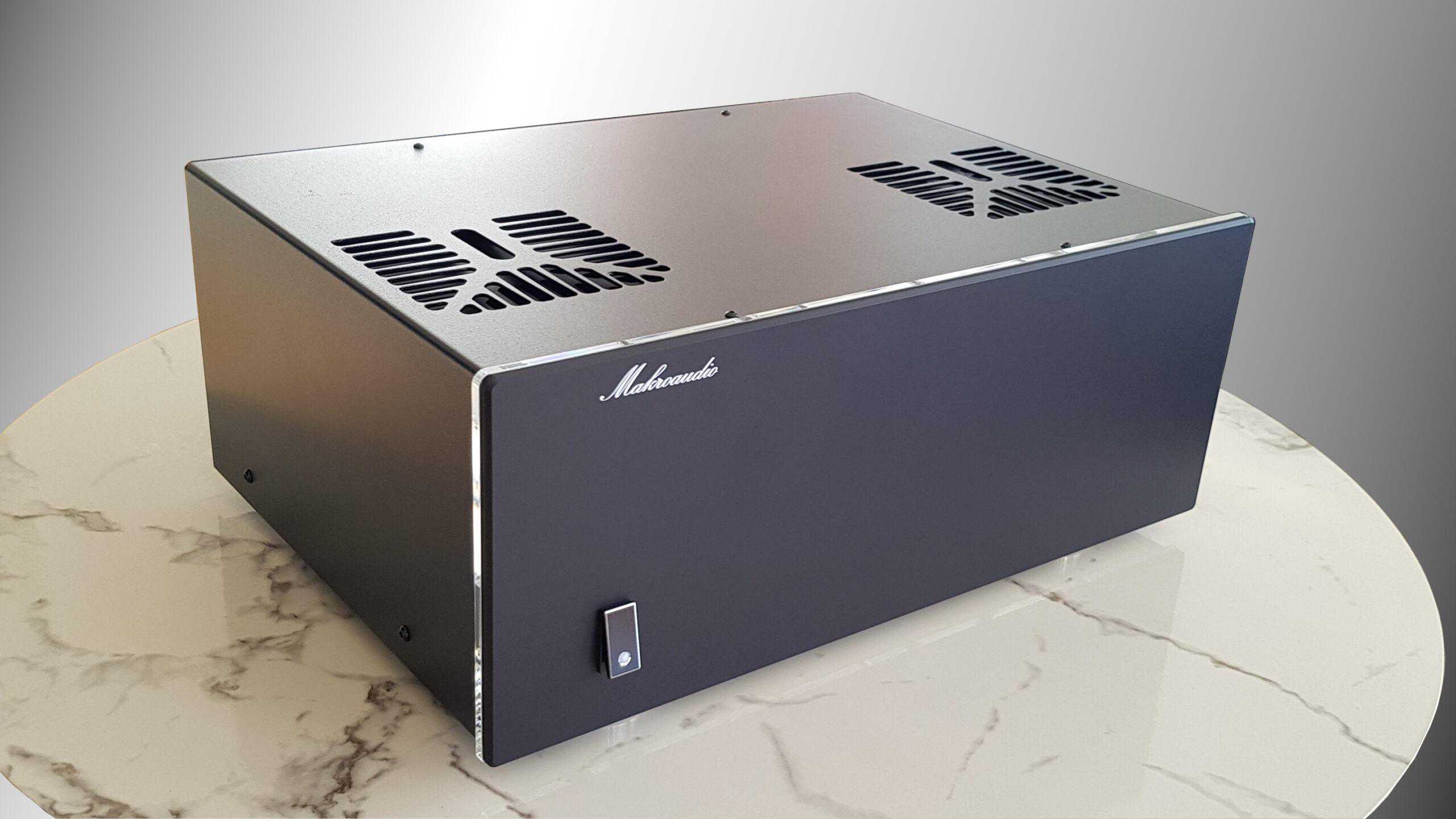
Applications of Proxium in Various Industries
Proxium technology has emerged as a transformative force across multiple sectors, enhancing operational efficiency and user experience. In the retail industry, for instance, Proxium facilitates personalized shopping experiences by utilizing proximity sensors to send tailored promotions and product recommendations directly to customers’ smartphones as they navigate through stores. This not only boosts sales but also fosters customer loyalty by creating a more engaging shopping environment.
In the realm of healthcare, Proxium is revolutionizing patient care management. Hospitals are integrating proximity technology to streamline workflows, such as tracking equipment and monitoring staff movements. This ensures that medical professionals can respond swiftly to patient needs, thereby improving overall care quality. Additionally, the technology can enhance patient safety by alerting staff when individuals enter restricted areas or require immediate assistance.
| Industry | Application | Benefits |
|---|---|---|
| Retail | Personalized promotions | Increased sales, enhanced customer experience |
| Healthcare | Patient care management | Improved response times, enhanced safety |
| Manufacturing | Asset tracking | Reduced downtime, optimized operations |
| Logistics | Inventory management | Streamlined processes, cost savings |
Furthermore, the logistics and manufacturing sectors are harnessing Proxium to optimize supply chain management. By employing proximity sensors for asset tracking, companies can monitor the location and status of goods in real-time, minimizing delays and enhancing inventory accuracy. This leads to significant cost savings and improved operational efficiency, allowing businesses to meet customer demands more effectively.
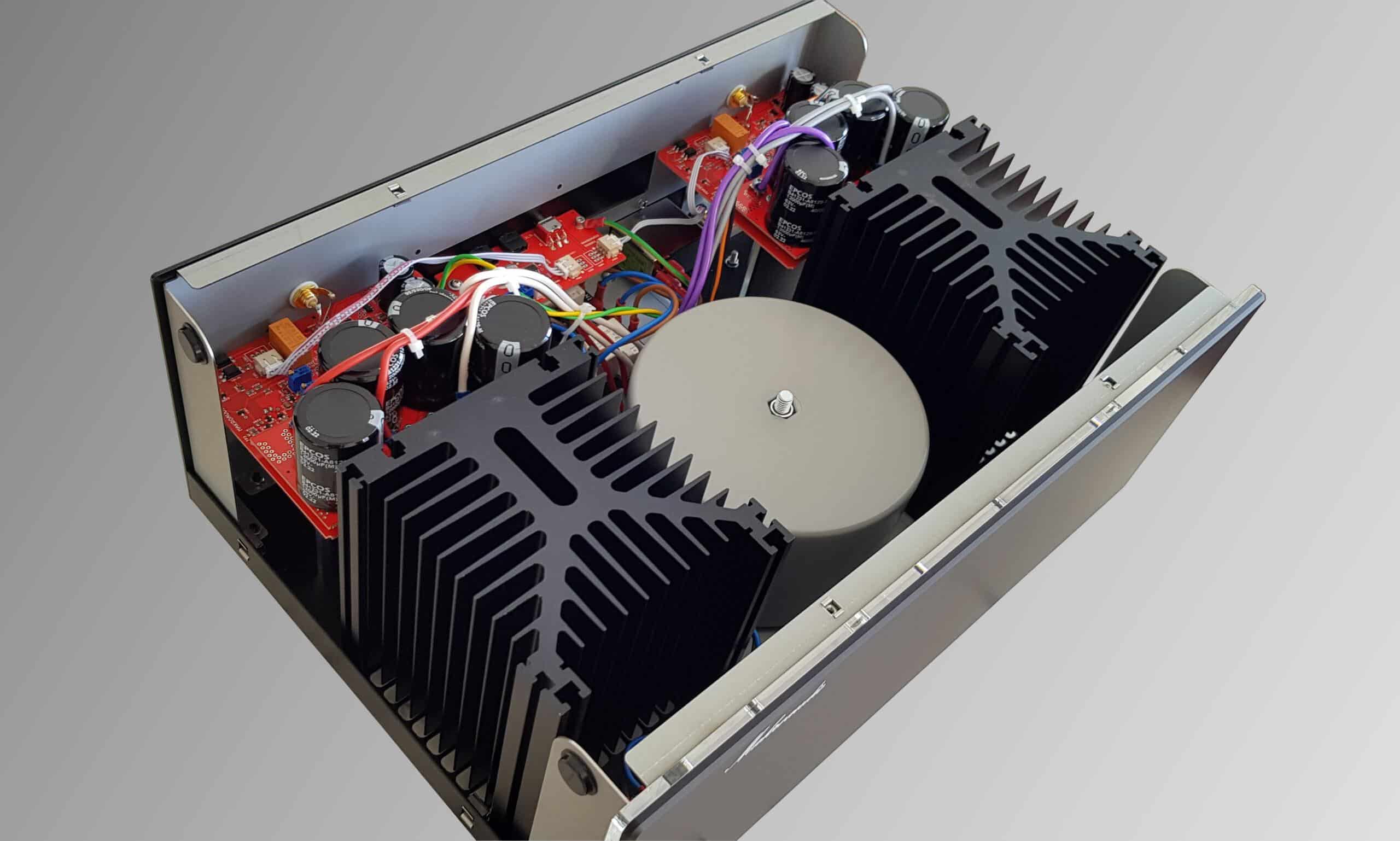
Enhancing User Experience Through Proxium Solutions
Proxium Solutions is at the forefront of transforming how users interact with their environments, leveraging proximity technology to create seamless experiences. By integrating advanced sensors and intelligent algorithms, Proxium enhances the way users engage with both digital and physical spaces. This not only improves accessibility but also fosters a more intuitive interaction model that feels natural and organic.
Key features of Proxium Solutions include:
- Real-time Data Processing: Instant feedback allows users to make informed decisions based on their immediate surroundings.
- Personalized Interactions: Tailored content and recommendations based on user behavior and preferences enhance engagement.
- Seamless Integration: Compatibility with existing systems ensures a smooth transition and minimal disruption.
To illustrate the impact of Proxium Solutions, consider the following table that highlights the benefits of proximity technology across various sectors:
| Sector | Benefits |
|---|---|
| Retail | Enhanced customer engagement through personalized offers and location-based promotions. |
| Healthcare | Improved patient monitoring and streamlined communication between staff and patients. |
| Smart Cities | Optimized traffic management and efficient resource allocation using real-time data. |
By harnessing the power of proximity technology, Proxium Solutions not only enhances user experience but also drives innovation across various industries, paving the way for a more connected and intelligent future.
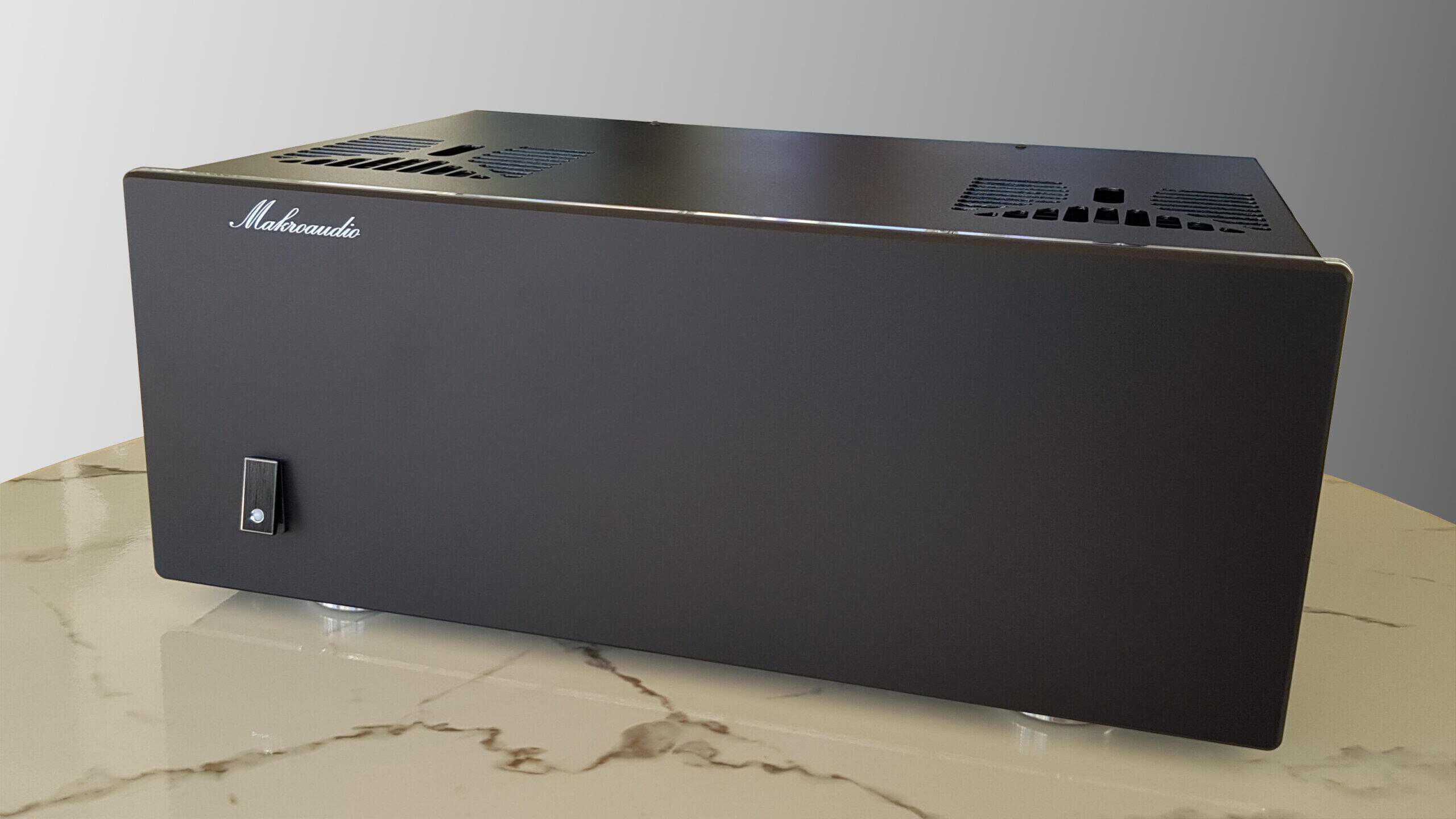
Best Practices for Implementing Proxium Technology
Implementing Proxium technology requires a thoughtful approach to ensure maximum effectiveness and user satisfaction. One of the first steps is to clearly define objectives. Understanding what you want to achieve with Proxium will guide the deployment process and help in measuring success. Consider the specific problems you aim to solve, whether it’s enhancing customer engagement, improving operational efficiency, or enabling real-time data collection.
Another essential practice is to invest in proper training for your team. Familiarity with the technology and its applications can significantly impact the overall effectiveness of Proxium. Organizing workshops and hands-on sessions can equip your staff with the skills needed to leverage the technology fully. Additionally, ensure that there is a robust support system in place to address any technical issues that may arise during the initial phases of implementation.
Moreover, monitoring and analyzing data post-implementation is crucial for continuous improvement. Set up a feedback loop that allows users to share their experiences and challenges. This data can be invaluable for refining the technology’s use and ensuring it aligns with the evolving needs of your organization. Consider establishing a regular review process to assess performance metrics and adjust strategies accordingly.
| Best Practices | Description |
|---|---|
| Define Objectives | Identify clear goals for using Proxium technology. |
| Team Training | Provide comprehensive training sessions for staff. |
| Data Monitoring | Regularly analyze user feedback and performance metrics. |
Future Trends in Proximity Technology and Proxiums Role
As we look to the horizon of proximity technology, several emerging trends are poised to reshape how we interact with our environments and each other. One of the most significant shifts is the integration of Artificial Intelligence (AI) and Machine Learning (ML) into proximity solutions. These technologies enable systems to not only detect nearby devices but also analyze user behavior, making interactions more intuitive and personalized. For instance, smart environments equipped with AI can learn from user patterns, adjusting settings in real-time to enhance comfort and efficiency.
Another trend gaining momentum is the rise of Augmented Reality (AR) applications that leverage proximity technology. By overlaying digital information onto the physical world, AR can create immersive experiences that are contextually aware of the user’s location. This capability opens new avenues for industries such as retail, tourism, and education, where engaging customers or learners through proximity-based interactions can dramatically enhance their experience.
Proxium stands at the forefront of these innovations, driving advancements that are not only technologically sophisticated but also user-centric. With a commitment to integrating cutting-edge features, Proxium is focused on developing solutions that prioritize security, scalability, and interoperability. Their approach ensures that as proximity technology evolves, users can rely on a seamless experience across various devices and platforms. Here’s a brief overview of Proxium’s key contributions:
| Innovation | Description |
|---|---|
| Smart Sensors | Advanced sensors that adapt to user behavior for enhanced functionality. |
| Data Privacy Solutions | Robust systems ensuring user data is protected while using proximity services. |
| Cross-Platform Compatibility | Seamless integration across diverse devices and operating systems. |
Q&A
Q&A: Exploring Proxium: Innovations in Proximity Technology
Q1: What is Proxium, and how does it fit into the landscape of proximity technology?
A1: Proxium is an innovative platform designed to harness the power of proximity technology, enabling seamless interactions between devices and users in close physical proximity. It acts as a bridge, connecting various applications and services through location-based data and contextual awareness. As a key player in the proximity tech landscape, Proxium aims to enhance user experiences across various sectors, from retail to smart cities.
Q2: What are some of the key features of Proxium?
A2: Proxium boasts several standout features, including real-time location tracking, context-aware notifications, and integration with IoT devices. Its ability to deliver personalized content based on user location is particularly noteworthy. Additionally, Proxium supports geofencing, allowing businesses to create virtual boundaries and engage customers when they enter or exit designated areas.
Q3: How does Proxium enhance user experiences in retail environments?
A3: In retail settings, Proxium transforms the shopping experience by providing personalized offers and product recommendations as customers navigate through stores. For instance, when a shopper approaches a specific aisle, they might receive a notification about a sale on items they frequently purchase. This level of personalization not only boosts customer satisfaction but also drives sales and engagement for retailers.
Q4: What industries can benefit from Proxium’s proximity technology?
A4: Proxium’s technology has applications across a wide range of industries, including retail, healthcare, transportation, and event management. In healthcare, for example, it can help track equipment and ensure that staff members are alerted when they enter critical areas. In event management, it can facilitate networking by notifying attendees of nearby contacts with shared interests.
Q5: Are there any privacy concerns associated with using Proxium?
A5: Privacy is a significant consideration with any proximity technology. Proxium addresses these concerns by implementing robust data protection measures and allowing users to control their privacy settings. Users can opt in or out of location tracking and can manage what information is shared with businesses. Transparency and user consent are at the forefront of Proxium’s design philosophy.
Q6: How does Proxium integrate with existing technologies?
A6: Proxium is designed to be compatible with a variety of existing technologies and platforms. It can easily integrate with mobile applications, CRM systems, and IoT devices, creating a cohesive ecosystem that enhances functionality without requiring significant overhauls of current systems. This adaptability makes it an attractive option for businesses looking to leverage proximity technology without starting from scratch.
Q7: What does the future hold for Proxium and proximity technology?
A7: The future for Proxium and proximity technology is promising, with advancements in AI and machine learning likely to drive even more sophisticated applications. As technology evolves, we can expect Proxium to expand its capabilities, offering even deeper insights and more personalized experiences. The continued integration of proximity technology into everyday life suggests that Proxium will play a pivotal role in shaping how we interact with the world around us.
Q8: How can businesses get started with Proxium?
A8: Businesses interested in implementing Proxium can begin by visiting the official website to explore available resources and documentation. Proxium also offers consultation services to help organizations assess their needs and develop tailored solutions. Starting with pilot programs can be an effective way for businesses to gauge the technology’s impact before a full-scale rollout.
By understanding and leveraging the innovations offered by Proxium, businesses can unlock new opportunities and enhance their engagement with customers in an increasingly connected world.

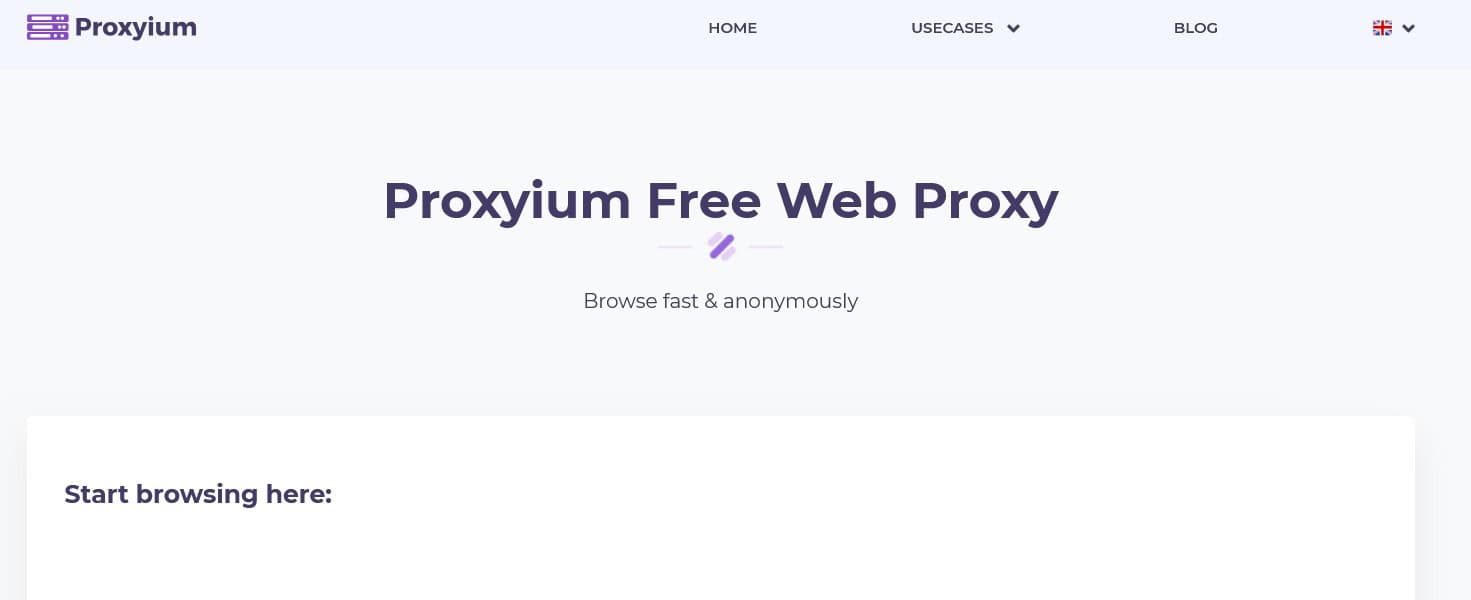
COMMENTS